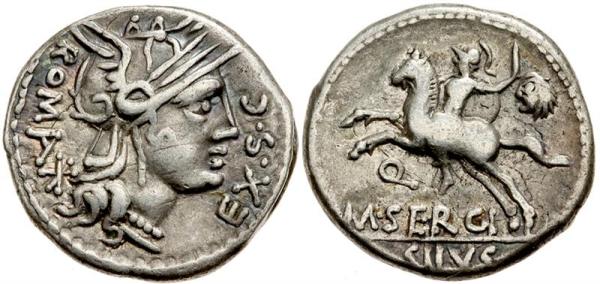Between A.D. 307 and 324, the worth of one pound of gold in Rome rose from 100,000 denarii (a Roman coin) to 300,000 denarii. By the middle of the fourth century, a pound of gold was worth 2,120,000,000 denarii—an early example of runaway inflation, which was partly responsible for the collapse of the Roman Empire.1

Metal currency was a fundamental factor that kept together the Roman empire and gave to the Romans their military power. But the Roman mines producing gold and silver peaked in the first century CE and the Romans gradually lost the capability of controlling their resources.
There was strong correlation of declining gold and silver availability with the decline of the Roman Empire. There is little data available about Roman gold mines, mainly located in Spain, but it is commonly believed that production peaked at some moment during the first century CE (or perhaps early 2nd century CE). After that, it quickly dwindled to almost nothing.2
As shown above, the lack of gold availability was reflected in the silver content of the Roman currency. With gold production declining they just debased their silver currency, the “denarius,” by increasing its copper content. By mid 3rd century, the denarius was nearly pure copper (graph above from Joseph Tainter). 3
This debased money rapidly lost its value leading to social unrest. The empire was not able to control its people and could not pay its mighty military. The Empire fell because of hyperinflation, though there were several economic reasons that lead to the hyperinflation.

A denarius of the Roman Republic. Roma adorns the obverse, while an ancestor of moneyer M. Sergius Silus rides around carrying a sword and the head of an unfortunate Gallic warrior (this despite having lost an arm in battle).